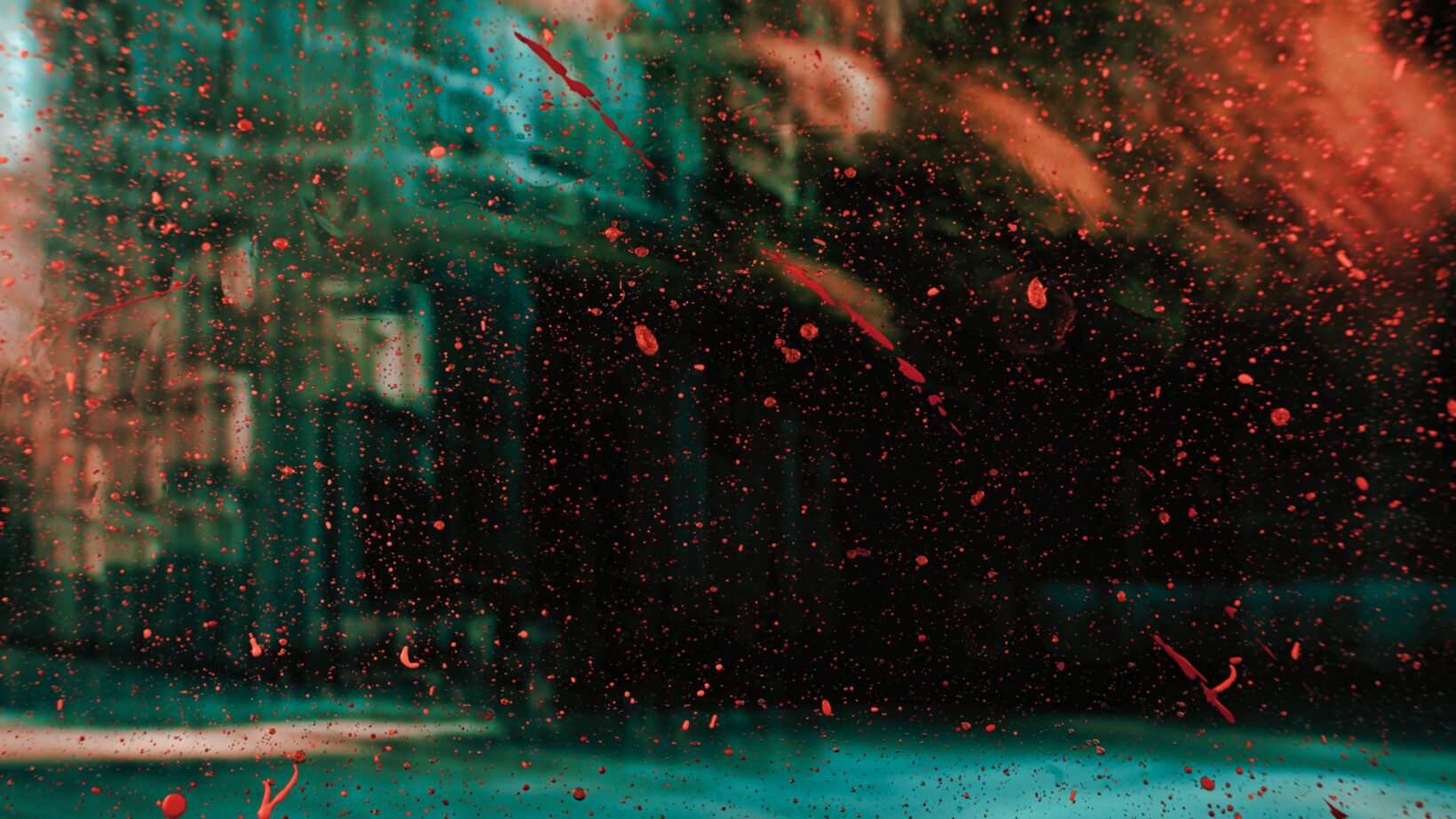In this beautifully animated virtual reality fantasy, Mamoru Hosoda presents an immersive digital world that seems just within reach of us.

Complaining about the Oscars ranks alongside lamenting the weather and leading the Labour Party in terms of the difference it makes, but when the Best Animated Feature category includes three Disney movies and no anime, one cannot help but get animated about it. Disney has won the award eight out of the last 10 years, crowding out Studio Ghibli classics The Tale of Princess Kaguya and The Red Turtle. And it is not just anime suffering the indignity of losing to Toy Story 4; the conglomerate has consistently triumphed over hand-drawn realism (The Breadwinner), groundbreaking animation (Loving Vincent) and stop-motion wizardry (ParaNorman) – and those are just examples of recent nominees. This year the Academy has forgotten even the pretence of inclusivity, despite Belle offering further evidence of Japanese animation being the best in the world; a widely accepted notion lost on industry types who would rather nominate The Boss Baby than entertain the possibility that great animation might be made outside Burbank.
Belle is written and directed by Mamoru Hosoda, the animator fired from Studio Ghibli over creative differences before founding his own production house, Studio Chizu. It seems fitting then that his 2018 masterpiece, the Oscar-nominated Mirai, should resemble a spiritual successor to 1988 Ghibli icon My Neighbour Totoro – can it really be 30 years old? But if Totoro still feels new, Mirai and Belle appear downright futuristic. This is partly due to the technology Hosoda depicts in Belle, a virtual reality wonderland beyond the Wachowskis’ wildest dreams. Suzu (Kaho Nakamura) escapes into this online virtual world after her mother’s death, a childhood trauma that leaves the musical schoolgirl unable to sing. Literally overnight, Suzu turns from warbling wallflower to digital diva, soon adopting the moniker Belle for her megastar avatar. But every beauty needs her beast, and before you can Google “Virtual concerts near me”, a mysterious Dragon (Takeru Satoh) has gatecrashed one of the pop princess’ pop-up performances.
The VR cyberscape looks bigger and better than Ready Player One, Space Jam 2 and Jumanji 3D combined, making Belle’s candy-coloured concerts the kind of visual feasts that might have Alec Guinness declare, “That’s no Zoom gig.” Yet for all its eye-popping, speaker-pumping spectacle, Belle makes sense because its reality is upon us. Virtual concerts have come a long way since Duran Duran threatened to perform on Second Life in 2006, culminating last year on Fortnite when a digital Ariana Grande interrupted an alien invasion to entertain 78 million users. Hosoda’s vision is somewhat less corporate and more democratic, exploring the possibilities of self-discovery and community for an untethered generation. Suzu’s avatar draws on her hidden qualities and helps find her voice, reminiscent of the way drag performers talk about the inner-confidence their alter-egos allow them to access. One can read queer undertones and feminist overtones into the sci-fi story, or simply sit back and watch glowing dogs and floating cats singing to a digital dragon.
But all is not sunshine and rainbow emojis; that same anonymity that permits Belle to flourish additionally enables the trolls and cyberbullies, protected by the self-righteous, self-appointed police of social media. Suzu bears witness to public humiliation by those in power against those without, safeguarding the privacy of abusers but threatening that of their victims. Hosoda is careful to show the real-world consequences of this real-life hypocrisy, the kind that sees personalities use their platform to instigate hugely damaging pile-ons while claiming the moral high ground or that they are the injured party. That devastating reality check creates a tonal shift in the picture that can sometimes feel jarring; one moment an incandescent humpback whale is flying through cyberspace, the next finds the film confronting child abuse. While probably deliberate, those lurches lack the elegance of Mirai, with an overly drawn-out denouement that indulges the genre’s tendency to restate its themes for half an hour at the end.
For most of its two-hour duration, however, Belle is a whale of a time. The dazzling animation and resonant themes conspire to make you forget you are watching cartoons, with a full-blown musical soundtrack deserving its own Oscar nod (instead of another two for Disney). A variety of comedy side characters, including Suzu’s best friend Hiroka (Lilas Ikuta) and one-man canoe club classmate Shinjiro (Shōta Sometani), bring LOLs and add colour to the IRL sequences. Hosoda draws interesting parallels between the digital space and high school, where people also judge their peers without really knowing who they are – even Suzu does it. The director understands the complex ways we conduct ourselves online, whether abandoning compassion entirely or spending it all on strangers and leaving none for reality. That level of insight creates an unusually lifelike and perceptive fairytale for our times, avoiding easy swipes at influencers or cancel culture, building instead a mature matrix of ideas that seeks to bridge the precipice suddenly at our feet.
In the end, Hosoda looks to be saying the internet is both beauty and beast, a universe of potential too easily manipulated by the forces of violence and corruption. His is a call for kindness and compassion in the upcoming VR explosion, of which virtual concerts are but the earliest rumblings, the telltale stench of sulphur. While Disney prepares to launch Lightyear, an in-universe origin story for the man who inspired the Buzz Lightyear toy (really), Belle looks into the future and inside ourselves. On second thought it is too good for the Oscars. It needs its own prize for Best Psychedelic Metaverse Musical. Maybe a Tron-y Award.
Dan Meier is a freelance writer, editor and critic based in London.





